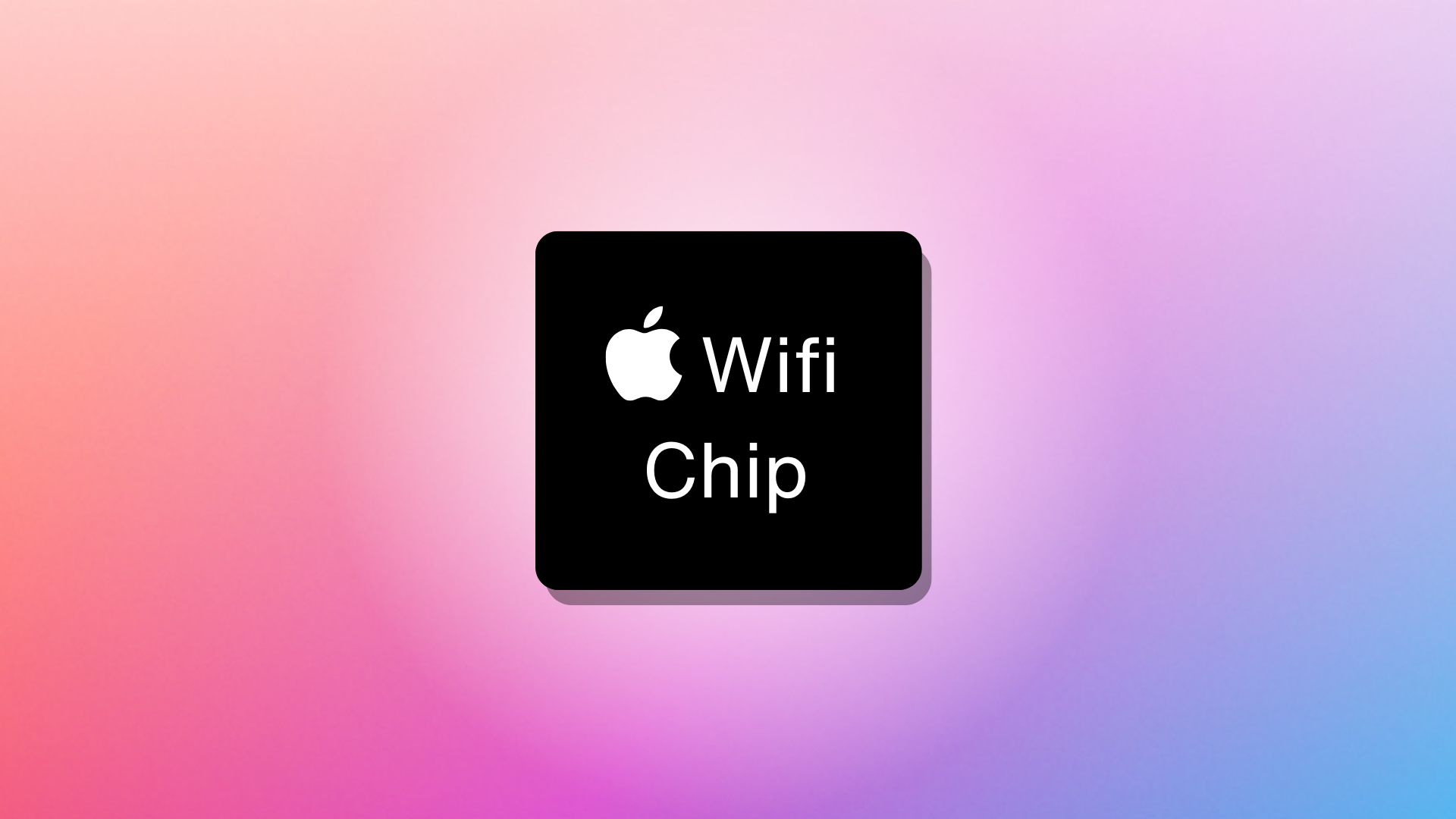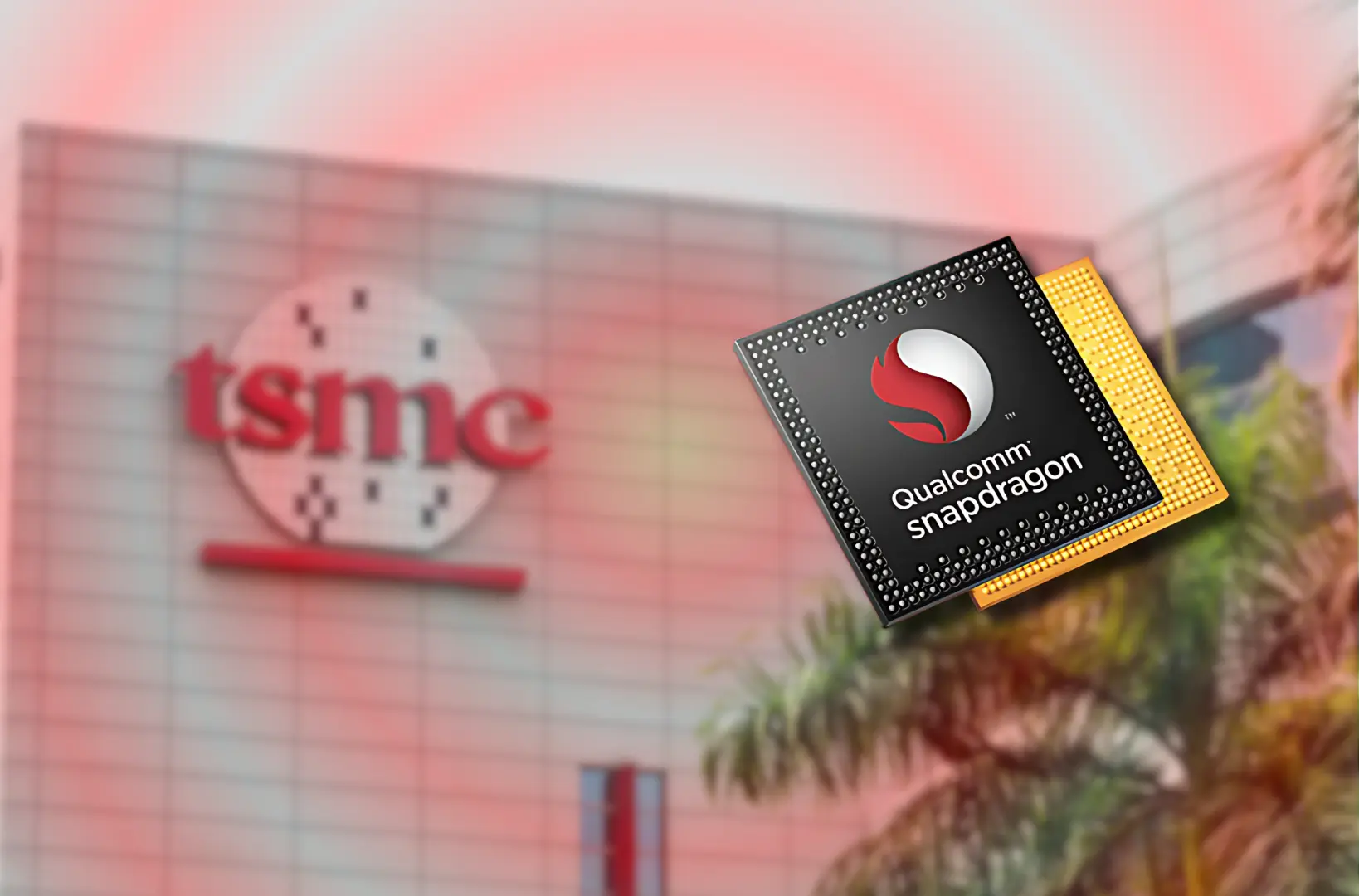The global smart home market has experienced unprecedented growth in recent years, with connected devices becoming essential to modern living. However, despite the rapid adoption of smart speakers, thermostats, cameras, and lighting systems, one key hurdle remains: seamless connectivity. Wi-Fi performance often struggles to keep pace with the demands of a highly connected environment, leading to frustrating delays, disconnections, and diminished user experience.
Apple, a leader in tech innovation, may have a solution. Set to debut in 2025, Apple’s 2025 Wi-Fi Chip could redefine smart home ecosystems by addressing critical connectivity challenges. By leveraging cutting-edge technology, Apple aims to transform how smart home devices communicate and function, offering users a smoother, more reliable experience.
The Current State of Smart Home Connectivity
Today’s smart homes rely heavily on Wi-Fi networks, which form the backbone of device communication. From streaming video from security cameras to activating a voice assistant or executing automated routines, almost every interaction depends on a stable network. However, traditional Wi-Fi technology has its limitations:
- Congestion: In households with numerous devices, Wi-Fi networks often become congested, leading to slower speeds and performance bottlenecks.
- Interference: Devices operating on the same frequency bands can interfere with one another, reducing the reliability of connections.
- Latency: Delayed responses from devices due to network inefficiencies hinder real-time automation.
- Power Consumption: Many smart devices struggle with balancing connectivity and battery efficiency, which impacts their longevity and usability.
Despite the efforts of standards like Matter and Thread to unify smart home technology, these issues persist, highlighting the need for a more robust Wi-Fi solution.
Apple’s Vision for a Smarter Home
Apple’s rumored Wi-Fi chip for 2025 is expected to bring groundbreaking advancements, addressing many of the connectivity issues that currently plague smart home ecosystems. Here’s how Apple plans to reshape smart living:
1. Enhanced Device Communication
Apple’s Wi-Fi chip will likely focus on creating a direct and reliable communication pathway between devices. This means faster data transfers and real-time responses, whether it’s activating a smart light or streaming security footage from your front door. Such enhancements will significantly improve user experience by ensuring devices work together seamlessly.
2. Energy Efficiency
A significant challenge for smart home devices, particularly battery-powered ones like sensors and cameras, is power consumption. Apple’s chip is rumored to include energy-efficient protocols, allowing devices to operate longer on a single charge while maintaining robust connectivity. This efficiency will be critical in extending the lifespan of devices and reducing the need for frequent recharging.
3. Advanced Bandwidth Management
With the increasing number of smart devices in a single home, bandwidth management becomes crucial. Apple’s Wi-Fi chip is expected to intelligently allocate bandwidth, ensuring each device gets the resources it needs without compromising overall performance. This will be particularly beneficial for households with high-bandwidth activities like video streaming, gaming, and smart home automation running simultaneously.
4. Seamless Integration with the Apple Ecosystem
Apple is known for creating ecosystems where devices work in harmony. The new Wi-Fi chip is poised to take this integration to the next level, connecting iPhones, iPads, Apple Watches, and Macs more seamlessly with HomeKit-enabled devices. Users can expect faster synchronization, enhanced automation, and a unified control interface through the Apple Home app.
5. Support for Matter and Beyond
Apple’s commitment to Matter, the industry-standard protocol for smart devices, means the new Wi-Fi chip will likely enhance compatibility across brands and platforms. This ensures that users are not locked into a single-brand ecosystem, making Apple’s solution more appealing to a wider audience.
The Potential Impact on Smart Homes
The introduction of Apple’s Wi-Fi chip has the potential to transform the smart home landscape. Here’s a glimpse of what the future could look like:
1. Real-Time Automation
Imagine your home reacting instantly to your commands. With reduced latency, Apple’s chip could enable real-time execution of automation routines, like dimming the lights when you start a movie or adjusting the thermostat as you leave for work.
2. Stable Multi-Device Connectivity
In a typical smart home, multiple devices need to communicate simultaneously. Apple’s chip could eliminate conflicts and ensure devices work together harmoniously, providing a cohesive and uninterrupted experience.
3. Enhanced Security
Wi-Fi chips often play a role in encryption and secure data transfer. Apple’s reputation for prioritizing user privacy could translate into a Wi-Fi chip with advanced security features, protecting users’ data and ensuring safe interactions between devices.
4. Future-Proof Technology
As smart homes evolve, so will the demands placed on connectivity infrastructure. Apple’s Wi-Fi chip is likely designed with scalability in mind, ready to support emerging technologies like augmented reality (AR), virtual reality (VR), and advanced AI-driven smart devices.
Challenges and Considerations
While Apple’s Wi-Fi chip holds immense promise, there are hurdles to overcome:
- Adoption by Third-Party Manufacturers
For the chip to reach its full potential, it must gain widespread adoption among device manufacturers. Apple will need to ensure that the technology is accessible and compatible with non-Apple devices. - Cost and Accessibility
Apple’s premium pricing could limit the chip’s accessibility to budget-conscious consumers. Striking the right balance between innovation and affordability will be crucial. - Competition in the Market
Companies like Google, Amazon, and Samsung are also investing heavily in smart home technology. Apple will need to differentiate its offerings to stay ahead in the competitive landscape.
Looking Ahead: A New Era for Smart Homes
Apple’s new Wi-Fi chip represents a pivotal step in the evolution of smart homes. By addressing long-standing issues with connectivity, energy efficiency, and device integration, Apple has the opportunity to set a new standard for smart living.
This innovation could make smart homes not just more functional but truly intelligent, capable of adapting to user needs in real-time and creating an environment where technology enhances every aspect of daily life.
As 2025 approaches, the tech world is eagerly awaiting Apple’s next move. If the company delivers on its promises, it could redefine how we interact with smart home technology and inspire the industry to follow suit.

Jahanzaib is a Content Contributor at Technado, specializing in cybersecurity. With expertise in identifying vulnerabilities and developing robust solutions, he delivers valuable insights into securing the digital landscape.







